
SHAH ALAM: Your time is gonna come. As we wait for the official decision to put back the old soldier back to work, our neighbour in the north is upgrading its F-5E/Fs so it will be able to continue service past 2030.
The Thais is spending some $180 million (RM770 million) to upgrade 14 F-5E/Fs with new radars, avionics, self protection systems and structural upgrades. These Super Tigris (what the Royal Thai AF are calling the upgraded Tigers) will be armed with Derby and Python BVR/WVR missiles for air-to-air engagements as well as Litening III targeting pod for ground attack. Funds for the upgrades for 10 F-5 were approved in 2015 while the other 4 on Aug. 1, 2017.
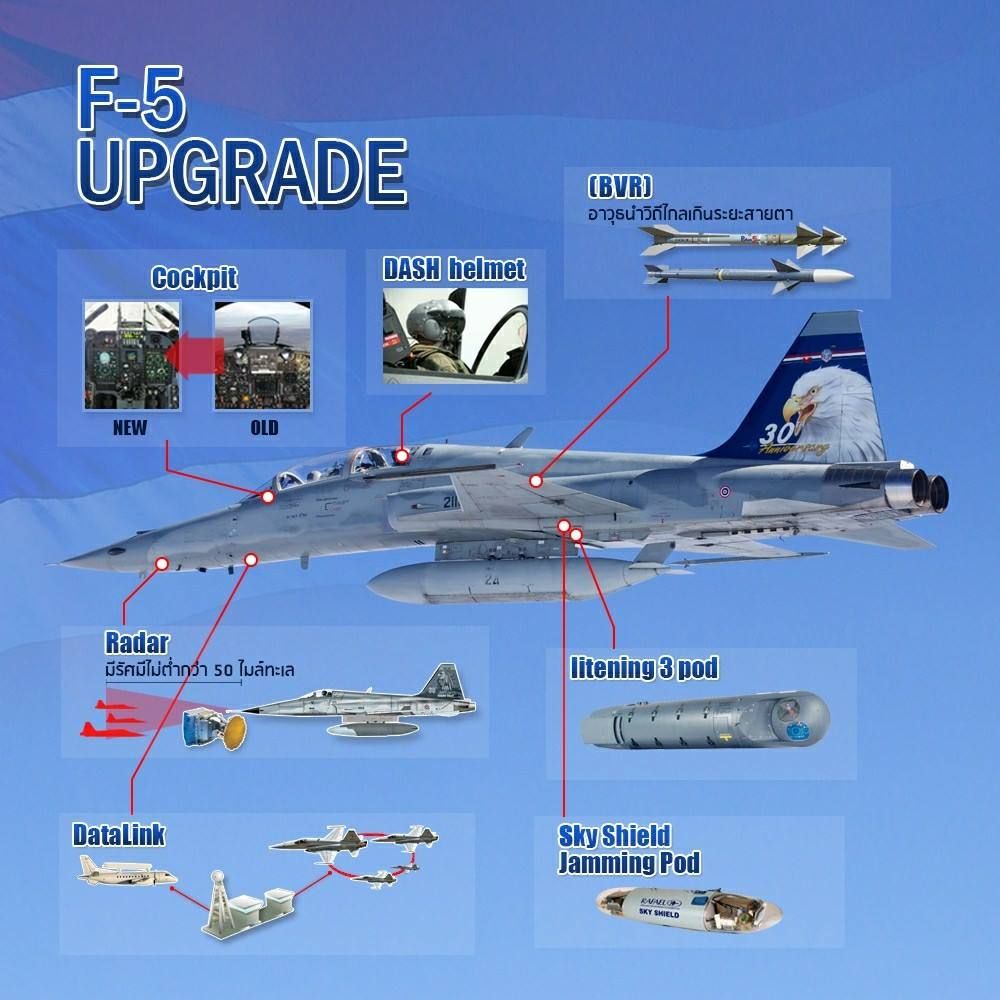
Quite a lot dosh for some 40-year-old aircraft then. Does this make sense? Yes, according to the Thais. They have to spent a lot more for new aircraft, for example, they paid $260 million or RM1.11 billion for eight Korean Aerospace KAI TA-50TH light trainer aircraft which they signed for recently in addition to the 4 they ordered back in 2015.
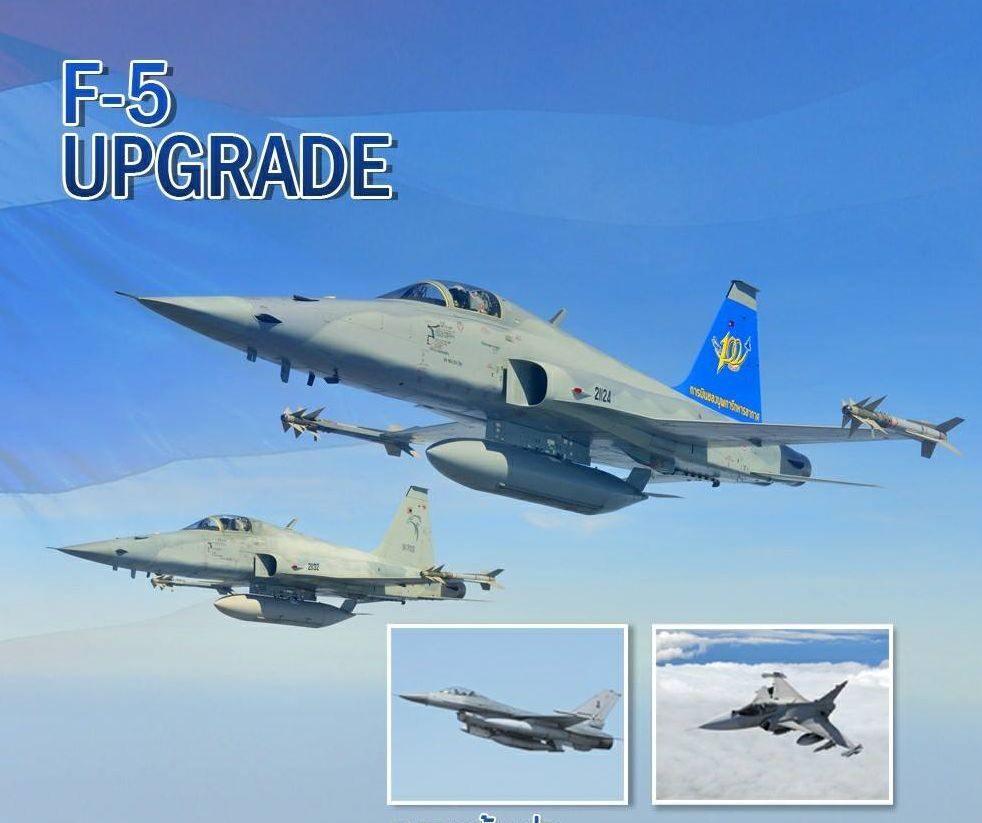
However the 12 TA-50s will be in service for until 2050 at least, when the F-5s will almost be 100 year-old already!

Please note that I am not questioning what the Thais are doing is right or not (it’s their money) but instead putting this out there for our own perspective.

Will it be cheaper to return to service the Fulcrums for a short time only (which is the likely outcome) or spend some extra money (likely for the same amount of money spent by the Thais for the F-5 upgrades, albeit for a smaller number of aircraft) to ensure that the fleet is servicable until 2030 at least?
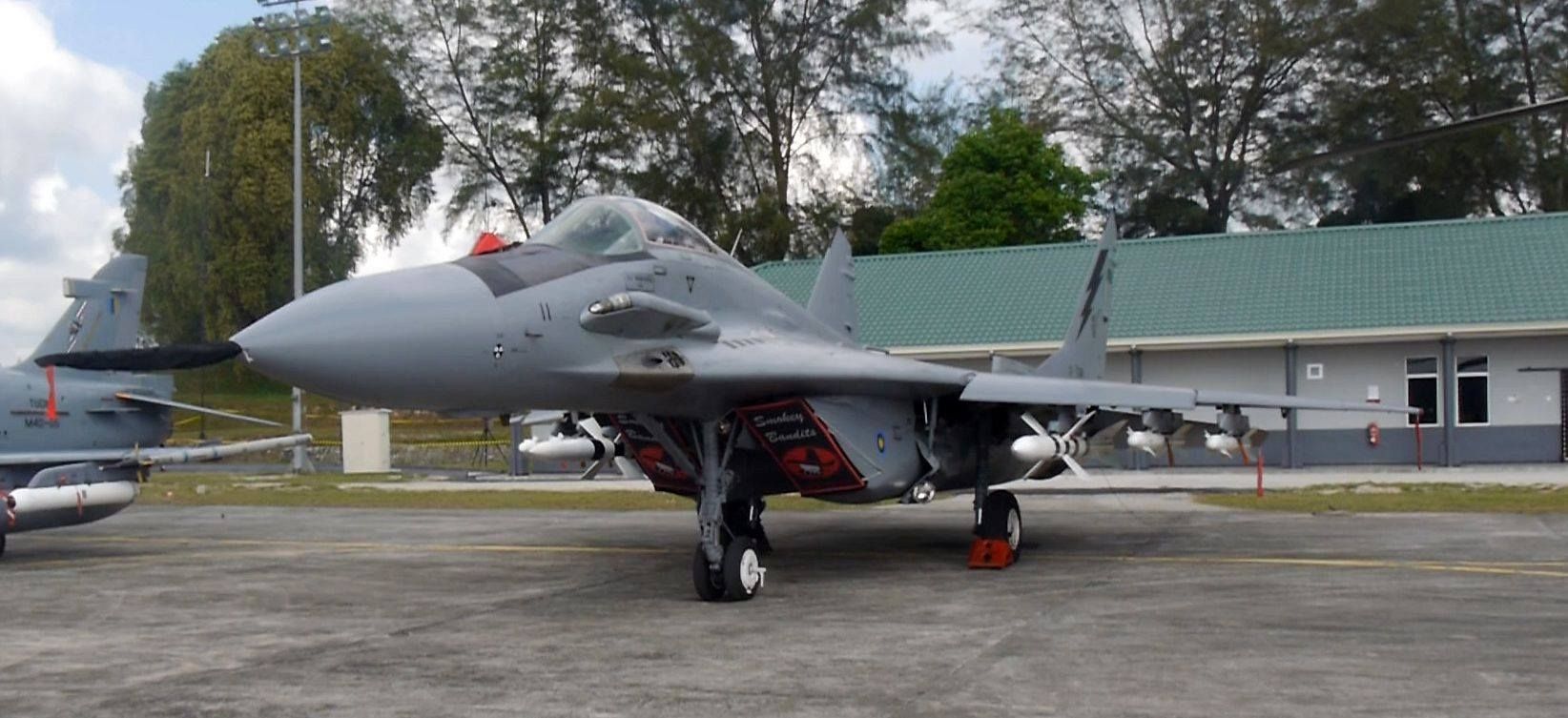
Personally, I inclined to say no on both counts. As I mentioned in my earlier post, we are not investing enough money in the services for short or even long term gains, not for defence’s sake at least.

The current imbroglio facing the defence sector is in fact due to past mistakes, subterfuge and indecisions, compounded further by contemporary issues. And honestly I don’t know whether we can fix it or not.
— Malaysian Defence
If you like this post, buy me an espresso. Paypal Payment

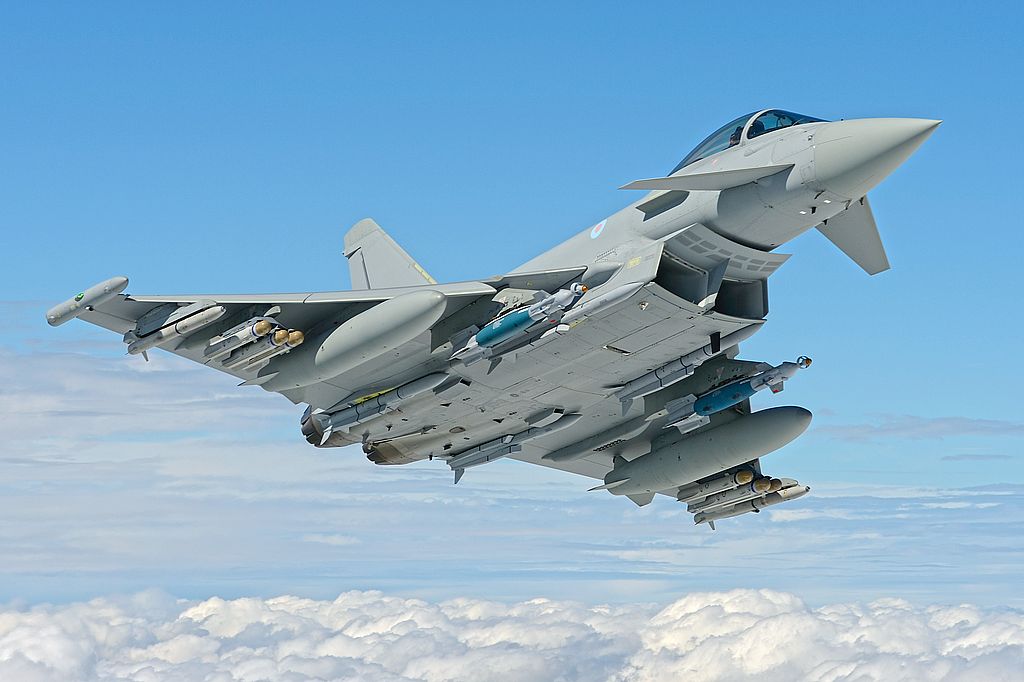

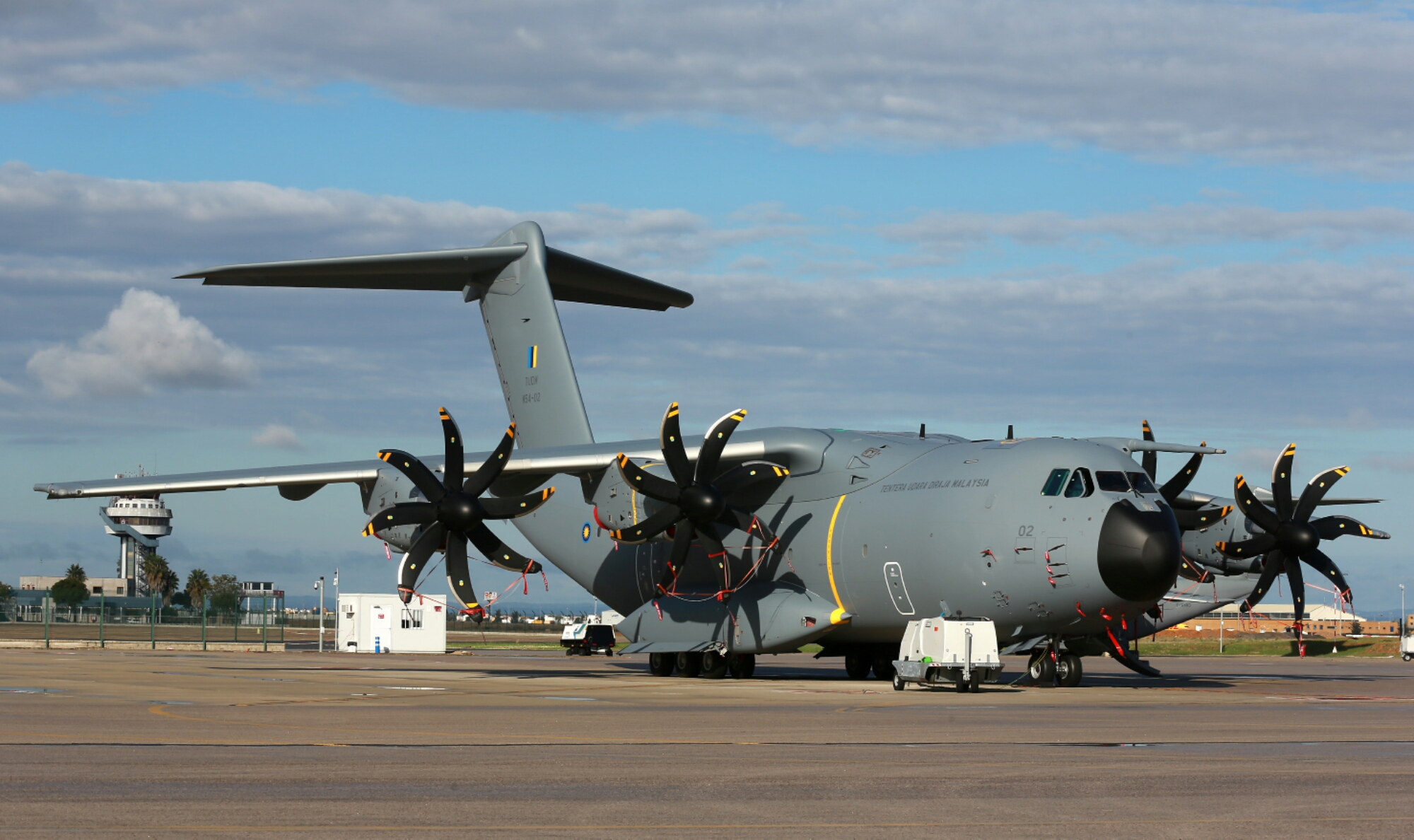
Different countries have their own reasons for doing what they do.
Obviously the Thais [who like us have made several very flawed defence decisions in the past] have good reason for what they’re doing but by and large spending more cash than is absolutely minimum on such aged airframes is questionable; especially when the cash can better spent elsewhere. Same with the Laksamanas, it was always the intention to just spend the absolute minimum on them, to enable them perform routine patrols until a replacement could be found. Not only the age of the class but the overall condition and bulk obsolescence of the engine, gear, shaft, trackers, radars, CMS and just about everything else meant that it would have been tomfoolery to spend too much on them as the age and condition of the class didn’t justify the cost of a full upgrade.
There are things we should upgrade/refurbish and things we shouldn’t; the last thing we should do – which we’re not – is to upgrade/refurbish for the sake of doing so. A case in point are the V-100/50s – given their age, weak baseline armour, poor mobility, plus the fact that we already operate several other types of armoured vehicles; upgrading the V-100/50s would have made no sense. Retiring them was the right move.
On paper – if the intention was to have the Fulcrums soldier on for merely a few more years then spending on new or overhauled
RD-33s as well as other critical parts that need replacing or overhauling [e.g. the gear box] would make sense – in other words the bare minimum. That’s assuming the radar and other key [expensive] components are still able to be operational for the next few years. A major problem for the RMAF is that the government can’t provide zero indication as to when the MRCAs will be funded
but recently it was said that the MRCAs have to be ordered by 2020. As such subjecting the Fulcrum fleet to a full upgrade will not make sense; unless of course there is a later significant change or shift with regards to the MRCA timeline.
Marhalim,
Not sure if you noticed but 10 Para troops have been seen armed with Mossberg 500s during Merdeka Day and also during a recent exercise with U.S. troops. The first time I saw a Mossberg 500 was at an army exhibition held at Central Market in 1989/90.
Following British practice from the !st Emergency, the lead man in jungle patrols during the 2nd Emergency carried shotguns [at times also Sterlings]. The idea was that in a sudden, unexpected contact the lead man wouldn’t have time for a precised aimed shot; hence the shot gun which gave a wide blast radius. But why would 10 Para troops be issued with shotguns? Could it have been because of lessons learnt during Lahad Dato when it was found that in a secondary jungle/estate environment there is need for a shot gun?
Reply
Nice spotting, Azlan. I am not sure why they have Mossbergs 10th Para. I am guessing here but if you saw the Mossie in the late 80s, my guess it is a carry over from that period instead of a recent lesson learnt. As you aware the Army like the other services are very conservative so it is likely that they will not changed things too much. And I will not be very surprised if they did find that Lahad Datu incident as the justification for being conservative hence the emphasis to boost the army especially its firepower above the platoon level.
Ah….yes, the F-5E, the benchmark for all modern ‘light fighters’.
I guess if Northrop were to still produce it (in updated versions of course) or at least until 2000, people would still buy them.
The canopy from the F-20 would have been a welcome improvement in the F-5E.
Is this the same gun shown in the trailer for History Channel’s documentary GGK? The trailer shows a squad of men doing jungle patrol and the lead man is using this gun.
Reply
I am not sure as I have not seen the documentary, could even be the Remington which they used in the past
Remingtons were used by the Brits in the 1st Emergency. Thus it’s not surprising that we also later used Remingtons; after all from the Merdeka to the mid 1970’s almost everything we issued our infantry units with was the same as the Brits; from the Mk 3 ”turtle” helmets to Sterlings to converted Brens 7.62mms to M20 launchers.
I’m pretty sure the Mossberg I saw at the exhibition many years ago is the same type seen carried by 10 Para at Merdeka Day and during the exercise with U.S. troops. The only reason I can think of why they would want a shotgun is probably during sudden close engagements like during the 1st and 2nd Emergency or maybe; just maybe, to blast down doors during urban engagements.
@zainal abidin It’s a shame northrop aren’t building a modern version of it. However, Saab have the Gripen, which is arguably the spiritual successor to the F-5/F-20. I think a F-5/Gripen type aircraft is all that most countries really need, and not expensive Typhoon/Rafale types.
The one in the documentary is the Remington 870, you can tell by the shape of the trigger guard. Honestly for me, it’s difficult to ascertain a Remington 870 from a Mossberg 500 from afar just basing on its silhouette. Didn’t know the Mossberg was in para inventory though.
Shotgun are quite effective in jungle warfare as more often than not, engagement will be in close quarter and the conventional tactic of suppress & manoeuvre is not very effective. Shotguns saw plenty of actions at the Pacific in the hands of Marines. Useful too in fibua, either for breaching or simply filling a room with buckshots.
Anas – ”Shotgun are quite effective in jungle warfare as more often than not, engagement will be in close quarter and the conventional tactic of suppress & manoeuvre is not very effective”
Which is why the ”lead man” in jungle patrols usually had a shotgun; sometimes even a Sterling. This is a practice we adopted from the Brits. The Mossberg has an older looking wooden grip.
Malaysia just completed a maritime base just beside pulau batu putih lighthouse, between batu putih and indonesia. Was officiated by sultan of johor and named the sultan abu bakar base.
http://www.channelnewsasia.com/image/9094602/16×9/991/557/866b9fadb6f520770e8be9ee9eec72ab/GP/malaysia-maritime-base-at-middle-rocks.png
What do you think of this marhalim?
Reply
Its located just next Pedra Branca. It was completed about two years ago, the function reported was the naming ceremony. It is not really a maritime base, just a radar station on a rock with a jetty and helo pad. I think they spend too much money to make it look presentable though it will never have that many onlookers nor any suitor. Thankfully MMEA cut down some of the unnecessary things which PWD had proposed, which is mostly redundant on a radar station on a wind swept rock. The Singapore one looks very similar to an oil platform
anis – ” It’s a shame northrop aren’t building a modern version of it.”
Well in the mid 1980’s they came up with the F-20 Tigershark; a variant based on the F-5 intended for users who couldn’t afford or were not cleared for F-16s. We intended to get a squadron to be based at Gong Kedak under PERISTA.
anis – ”I think a F-5/Gripen type aircraft is all that most countries really need, and not expensive Typhoon/Rafale types.”
You’re generalising. Depends on the country, its finances, its threat perceptions, doctrine and its operational requirements. Some countries have a need for a single engine platform; some don’t ….
Anis – Northrop does make a more recent version of the T-38/F-5/F-20 and it is the Model 400 T-X and on the ground at least it looks like it’s forebears.
And of course Iran makes the Azarakhsh and the Saeqeh.
Marhalim,
Just slightly off topic, I read ATAC bought 63 ex French Air Force Mirage F1’s (Yes, that’s a ‘sexy’ looking plane)
The question is : how come these companies (or private defence contractors ; ie ; Draken, QinetiQ) are able to operate and maintain these aged aircraft when the original operator
has retired them from service?
Reply
These are always entrepreneurs who can make money out of nothing. AFAIK in this kind of operations, half or even 3/4 quarters of these planes will be cannibalize to keep them flying. And unlike air forces these planes need not be able to fire weapons in anger, hence they don’t need to perform at the leading edge
Zainal,
It helps that these companies employ people who use to maintain and operate those assets whilst in uniform. Also, unlike the original users who operate a lot of assets these companies can devote all their focus on few assets they own and are constrained by less red tape/bureaucracy.
Can I ask why RMAF declined the lease offer for 16 Gripen C/D?
Reply
They don’t want the Gripens, leased or not